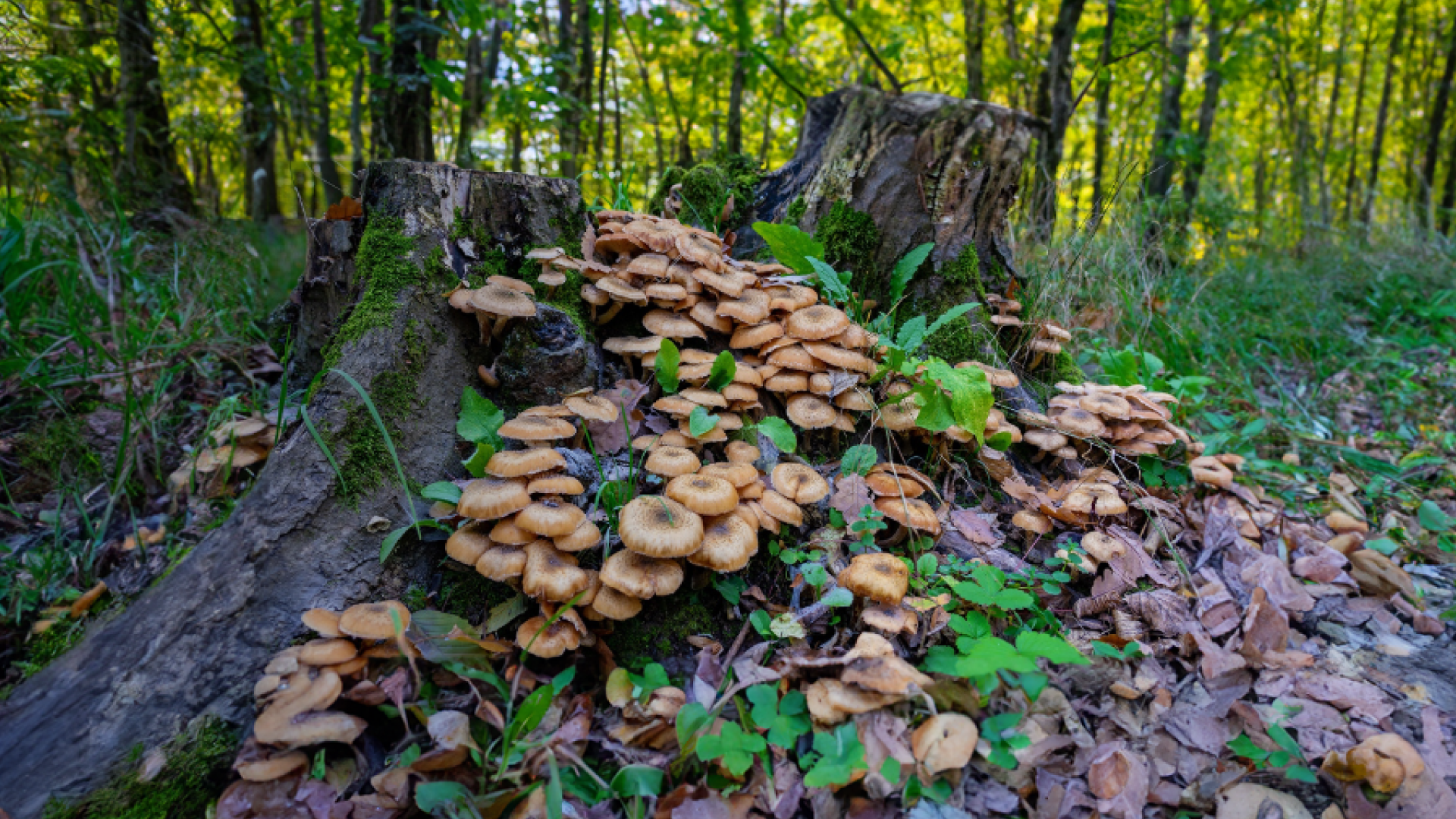Autumn waters: the transformative travellers
They have been around since the Jurassic period and their number is estimated to be billions worldwide. In eucalyptus plantations, which are fairly common in Portugal, their functions are complex and diverse, influencing several aspects of biodiversity and forest health. Learn more about this small insect that may seem insignificant but plays a crucial role in the balance of ecosystems.
Bite-free summer: How to escape mosquitoes
They have been around since the Jurassic period and their number is estimated to be billions worldwide. In eucalyptus plantations, which are fairly common in Portugal, their functions are complex and diverse, influencing several aspects of biodiversity and forest health. Learn more about this small insect that may seem insignificant but plays a crucial role in the balance of ecosystems.
Nature as an oracle: predicting the future through its signs
They have been around since the Jurassic period and their number is estimated to be billions worldwide. In eucalyptus plantations, which are fairly common in Portugal, their functions are complex and diverse, influencing several aspects of biodiversity and forest health. Learn more about this small insect that may seem insignificant but plays a crucial role in the balance of ecosystems.
Bird Sanctuaries: a commitment to the future of the skies
They have been around since the Jurassic period and their number is estimated to be billions worldwide. In eucalyptus plantations, which are fairly common in Portugal, their functions are complex and diverse, influencing several aspects of biodiversity and forest health. Learn more about this small insect that may seem insignificant but plays a crucial role in the balance of ecosystems.
Ants and eucalyptus: an alliance with both advantages and challenges
They have been around since the Jurassic period and their number is estimated to be billions worldwide. In eucalyptus plantations, which are fairly common in Portugal, their functions are complex and diverse, influencing several aspects of biodiversity and forest health. Learn more about this small insect that may seem insignificant but plays a crucial role in the balance of ecosystems.
Viveiros Aliança: from sowing to forests
More than a hundred and a half species, from small aromatic trees to large trees, share a common cradle: Viveiros Aliança. Given its diversity, size and innovation, this nursery originates plants we see in many of our gardens, parks and forests, in Portugal and beyond.

